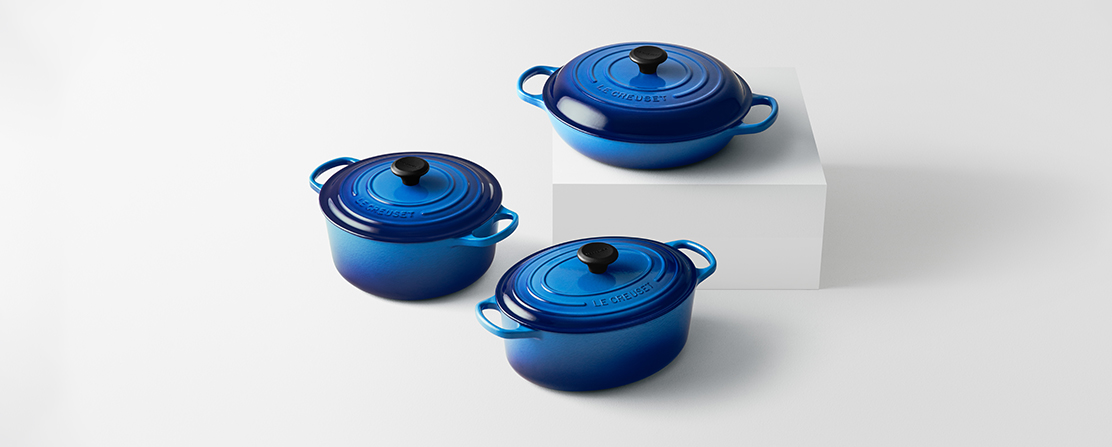
The Dutch Oven and the Braiser are beloved by home cooks and chefs alike for their versatility and ability to slow-cook meals to perfection. While these iconic pieces of cookware share many similarities, the Dutch Oven and the Braiser ultimately excel at different cooking techniques, helping you tackle a variety of recipes.
From identifying ways to make the most of both pieces of cookware, to elaborating on their differences, this guide will break down the Dutch Oven and the Braiser and highlight what each piece of cookware is best suited for. The Dutch Oven and Braiser are thoughtfully designed to achieve delicious dishes and are carefully crafted of durable materials to ensure they last a lifetime. When it comes to the Braiser, you can also choose to add the Cast Iron, Stainless Steel and Toughened Nonstick Pro versions to your collection.
Here is the complete comparison between the Dutch Oven and the Braiser, including preferred cooking techniques and features you might not have been aware of.
The Dutch Oven has been around since the 18th century and continues to be used across kitchens today, demonstrating its durability and versatility. Learn more about this iconic piece of cookware and how to make the most out of it.
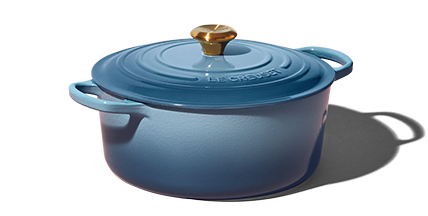
The Braiser is yet another Le Creuset cookware essential, helping home cooks and chefs alike prepare delicious fall-off-the-bone meals. Learn more about this slow-cooking pot and how it is best used in the kitchen.
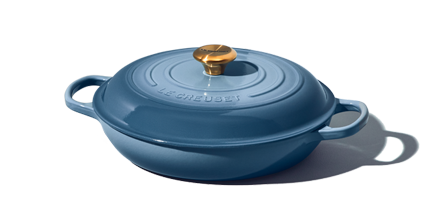
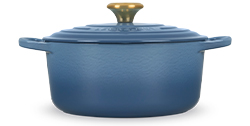
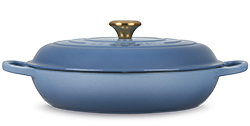
Dutch Oven vs. Braiser: Is there a difference?
While the Dutch Oven and Braiser share many similarities, including a tight-fitting lid, these iconic pieces of cookware are designed to complement one another in the kitchen. Simply put, the Braiser is crafted to tenderize tough cuts of meats and vegetables in small amounts of liquid, while the Dutch Oven is ideal for simmering soups and stews to perfection.
One crucial difference exists between the Braiser and the Dutch Oven. The Dutch Oven features taller sides than its counterpart, making it ideal for soups, casserole dishes, deep-frying, and even baking. The Braiser, by contrast, has a wider base with lower sides, and excels at shallow-frying, roasting, and tenderizing dishes that do not require a large amount of liquid. This piece of cookware can also be used as a large fry pan without its lid.
Ultimately, these slight differences render the Dutch Oven and Braiser unique, helping them establish themselves as staples in your kitchen for years to come. The Dutch Oven and the Braiser are both built to last, easy-to-use, and extremely versatile, and can be used to master different cooking techniques. Whether you start your Le Creuset collection with one or the other, it likely won't be long until you have both in your kitchen arsenal.
